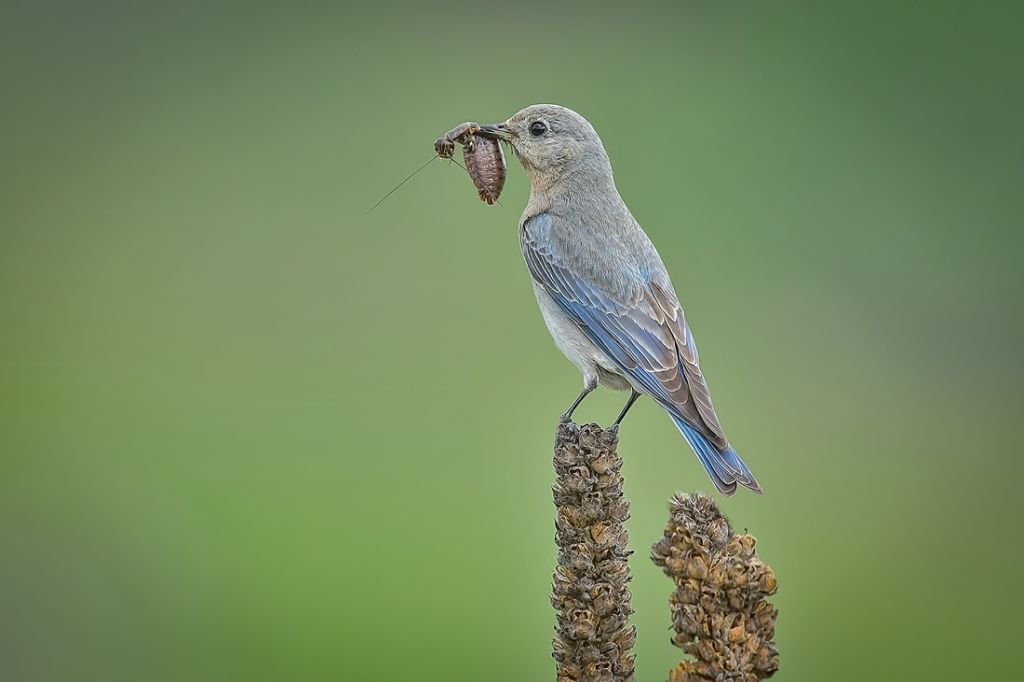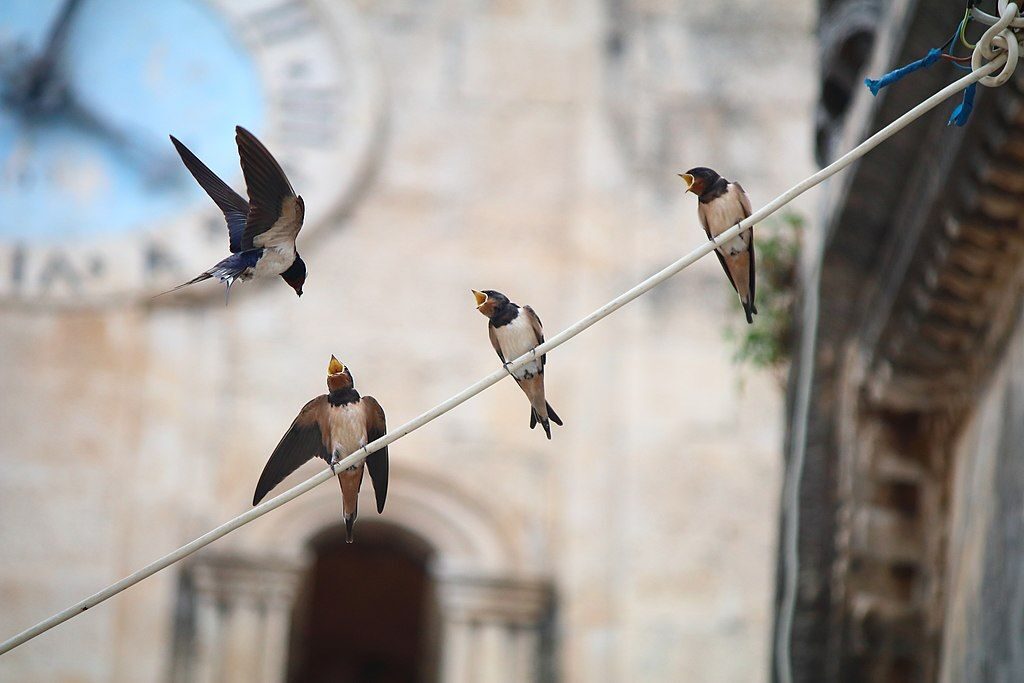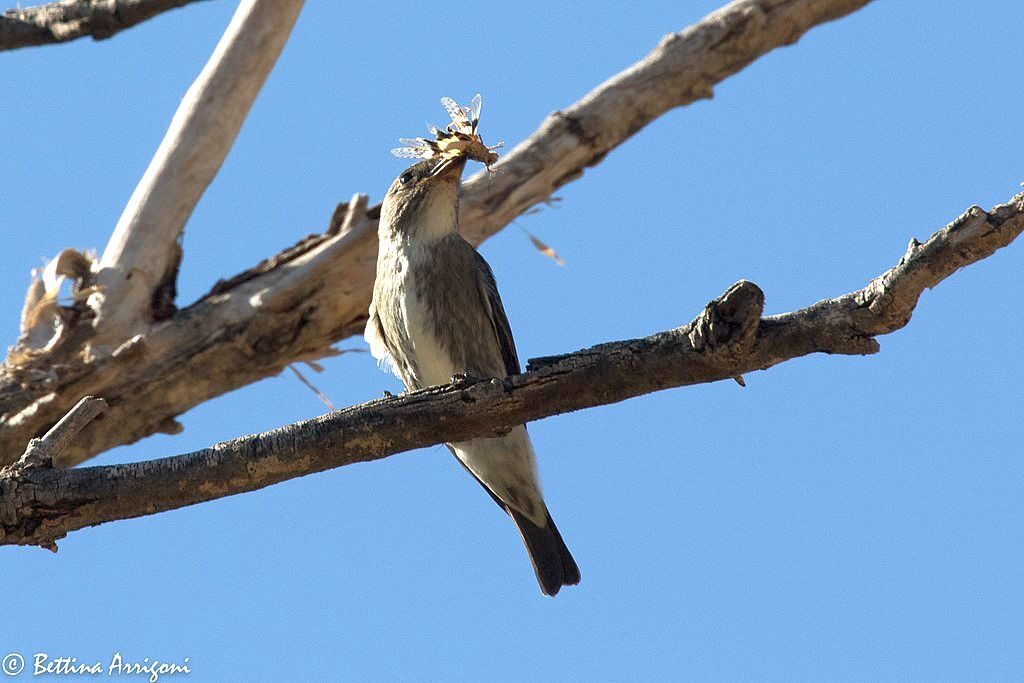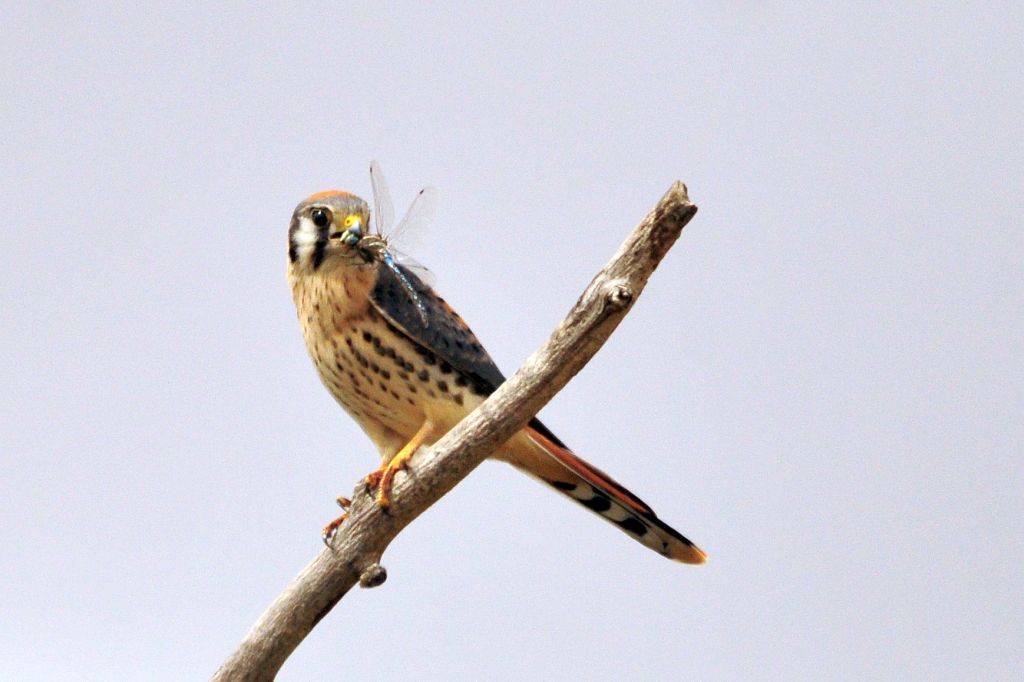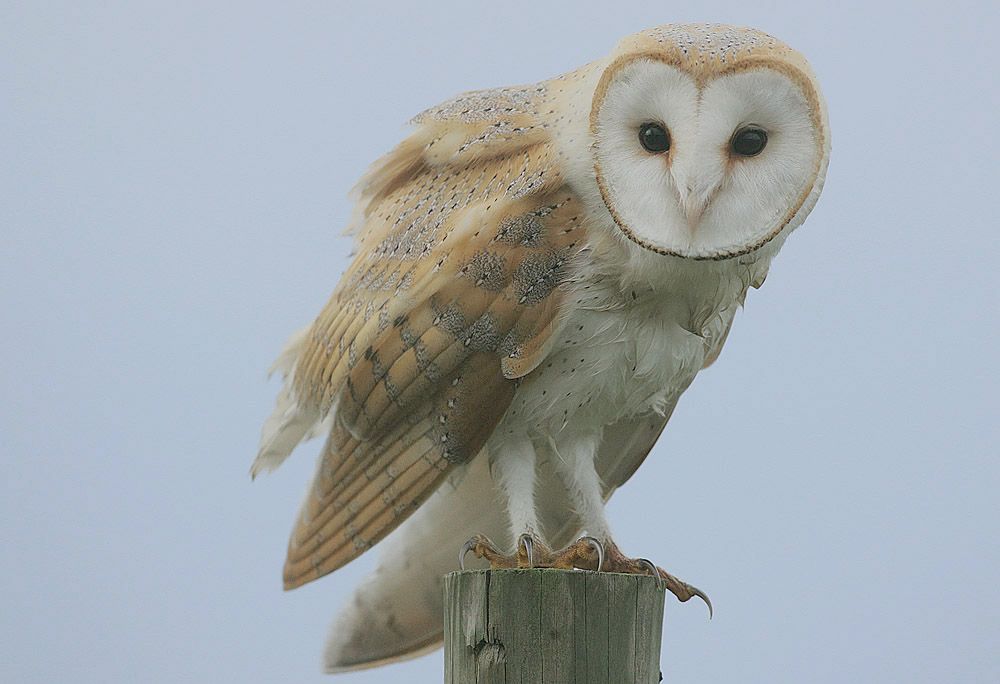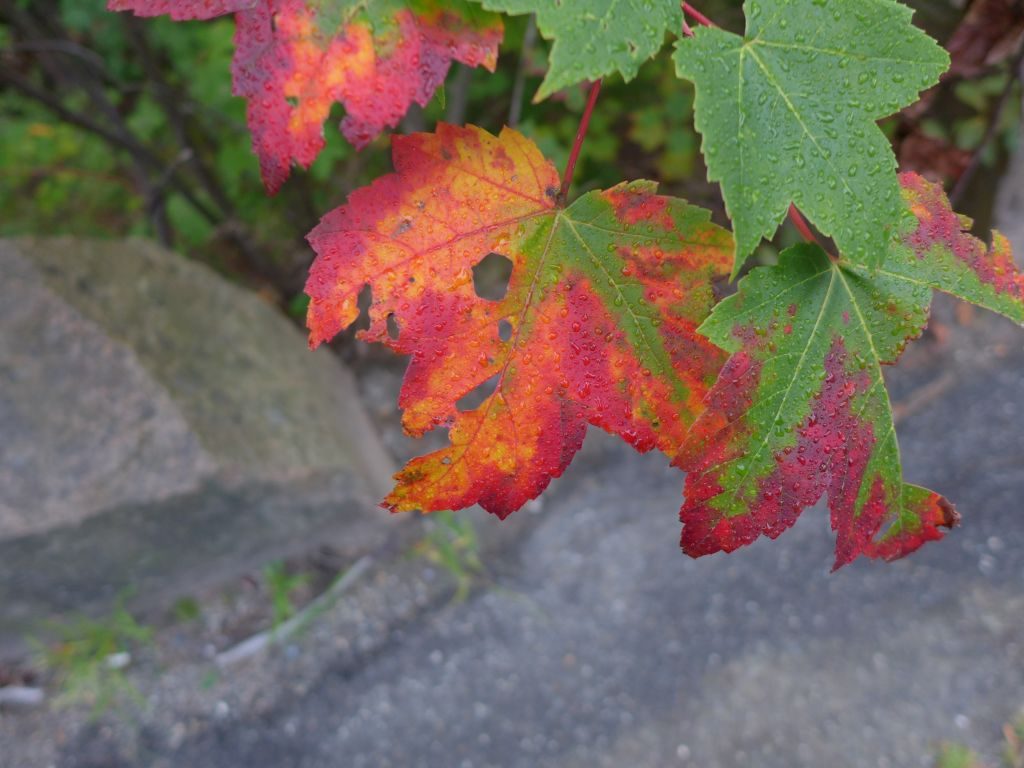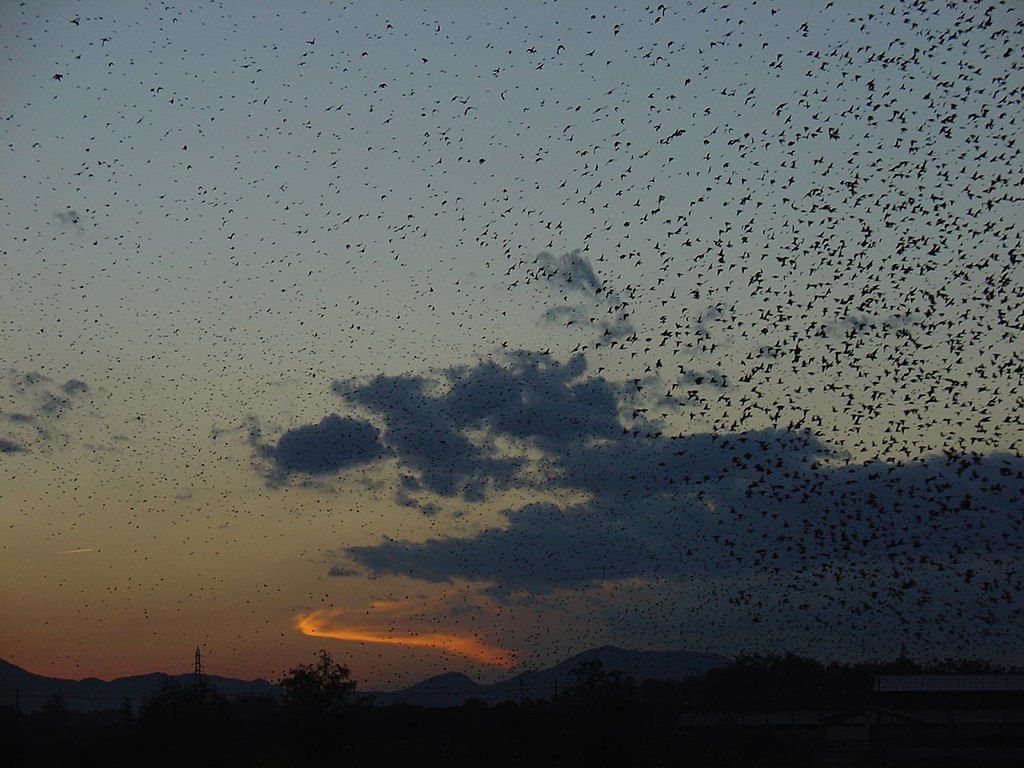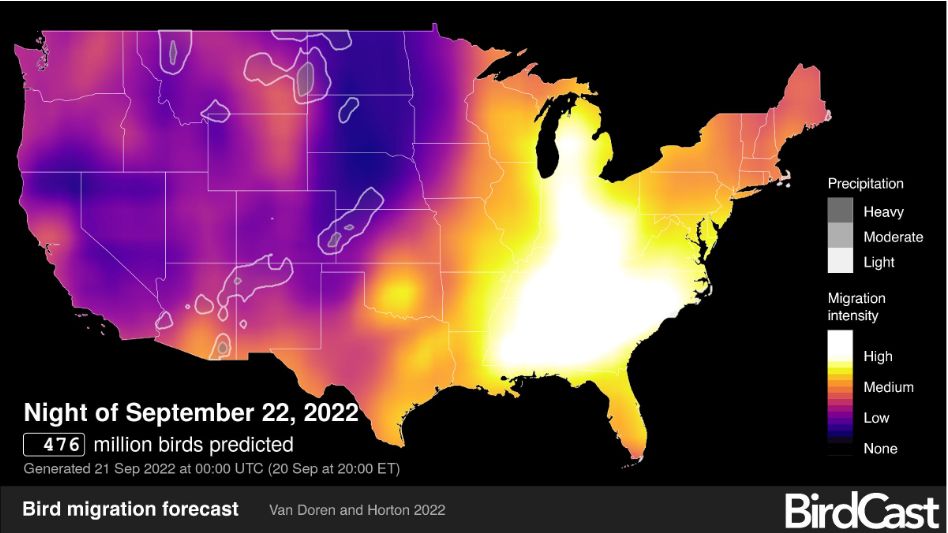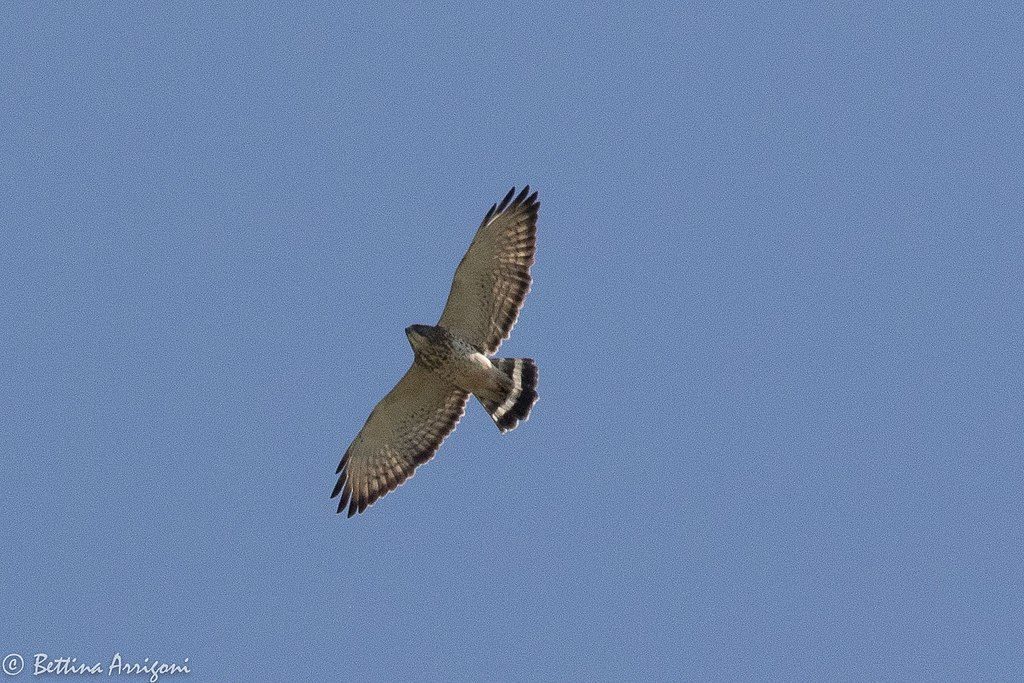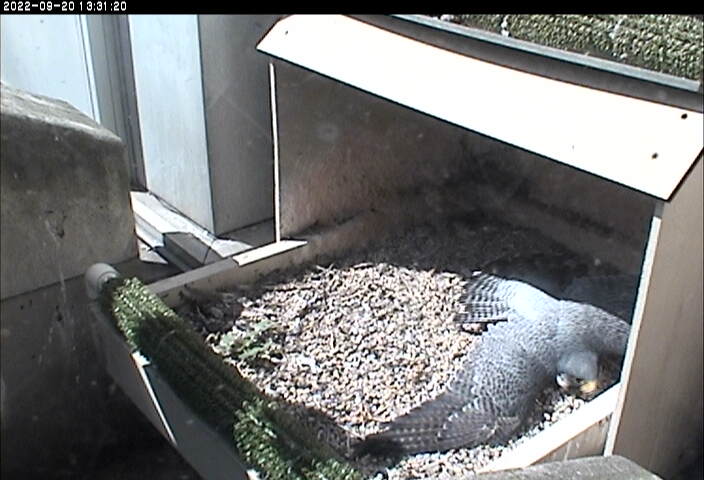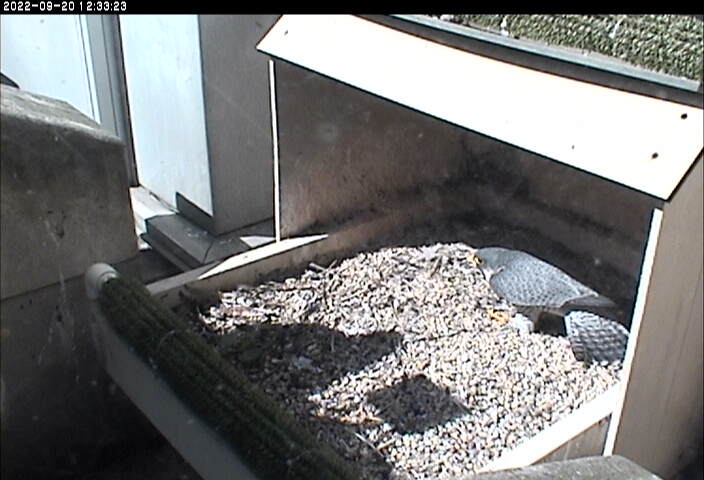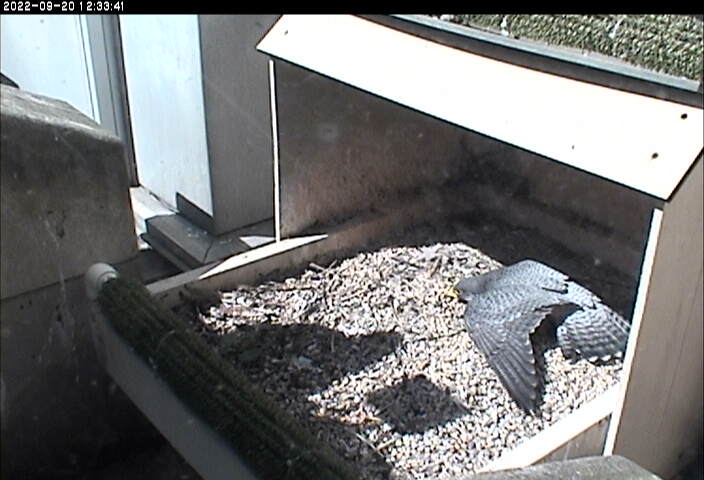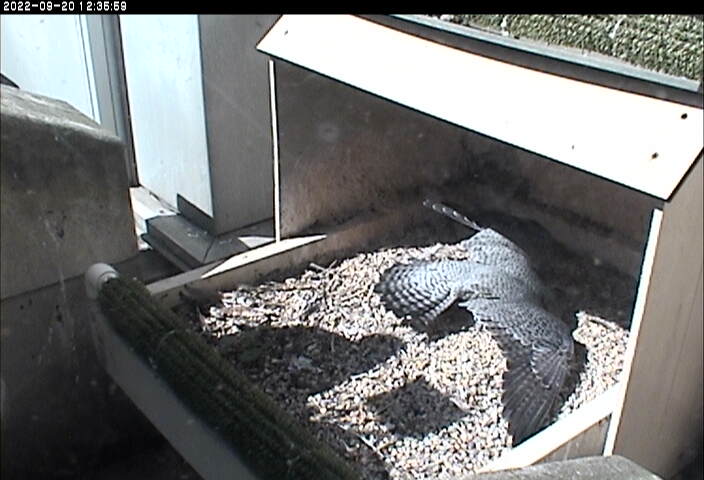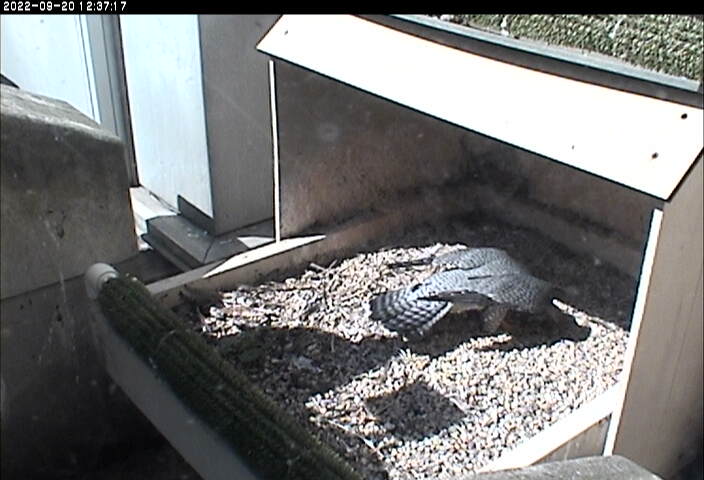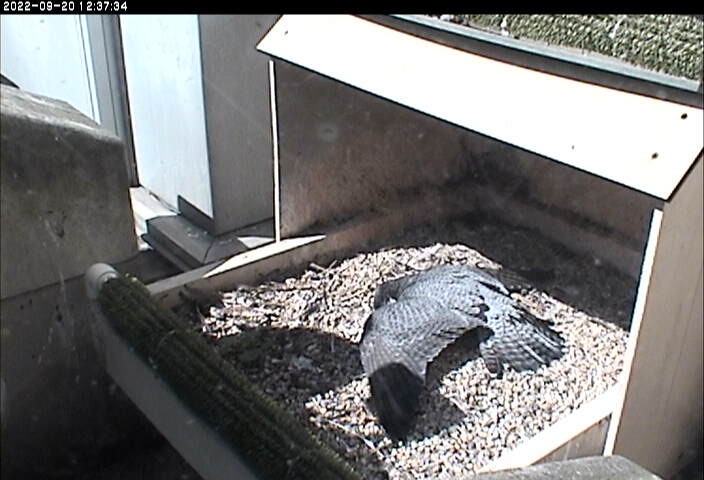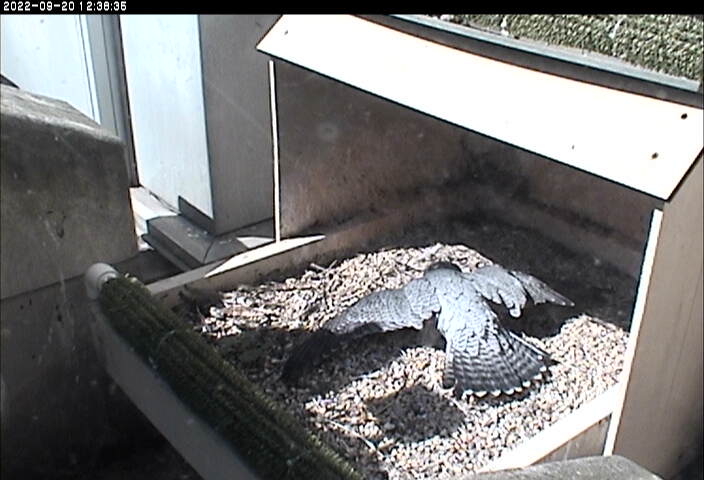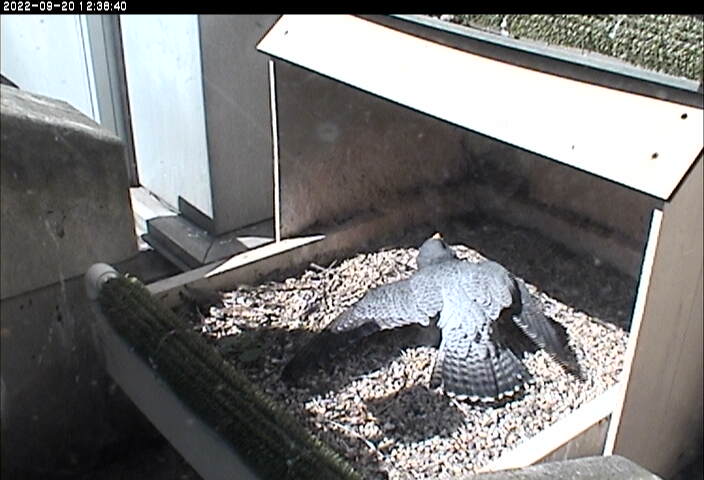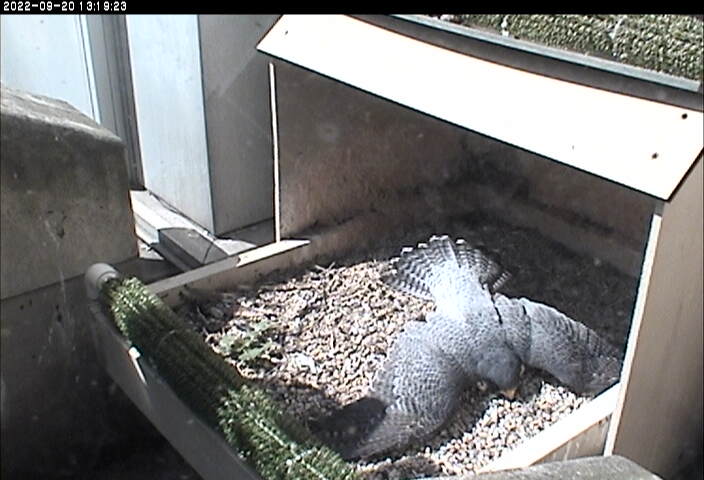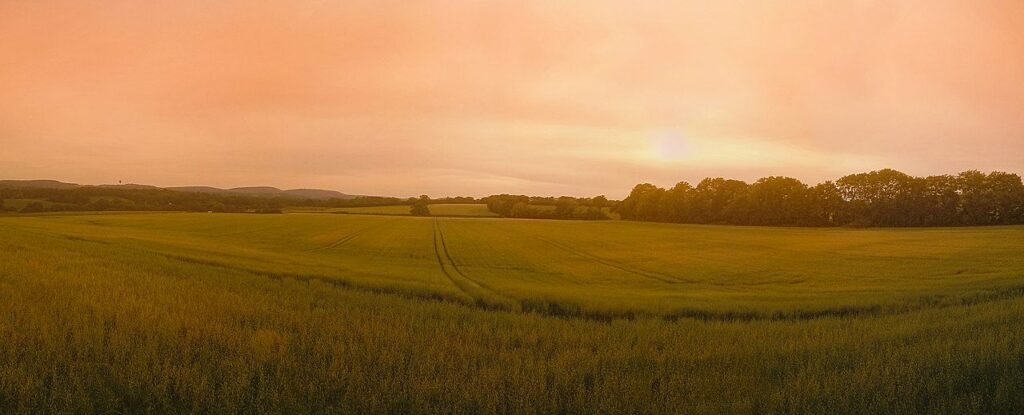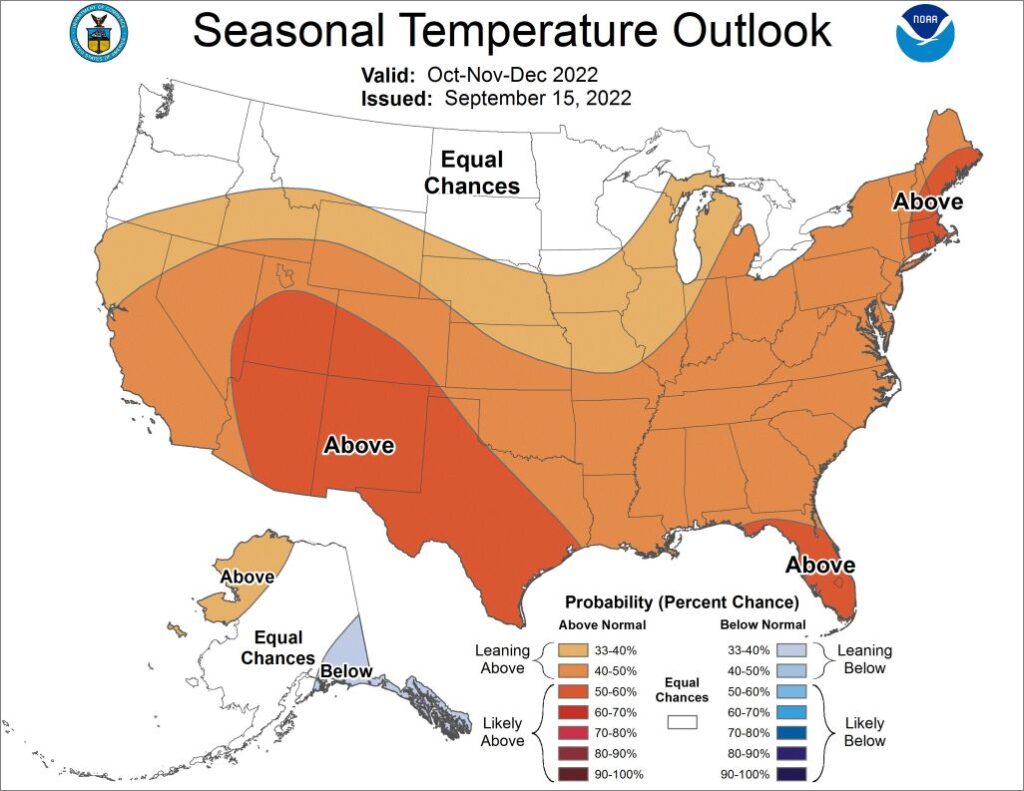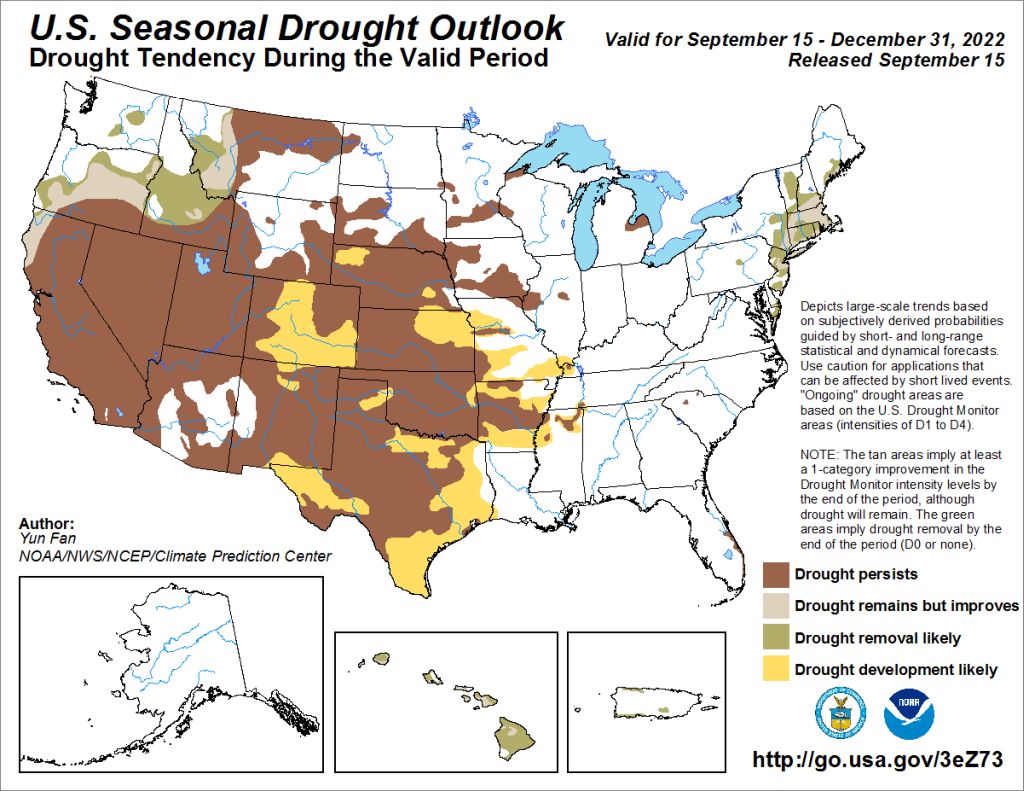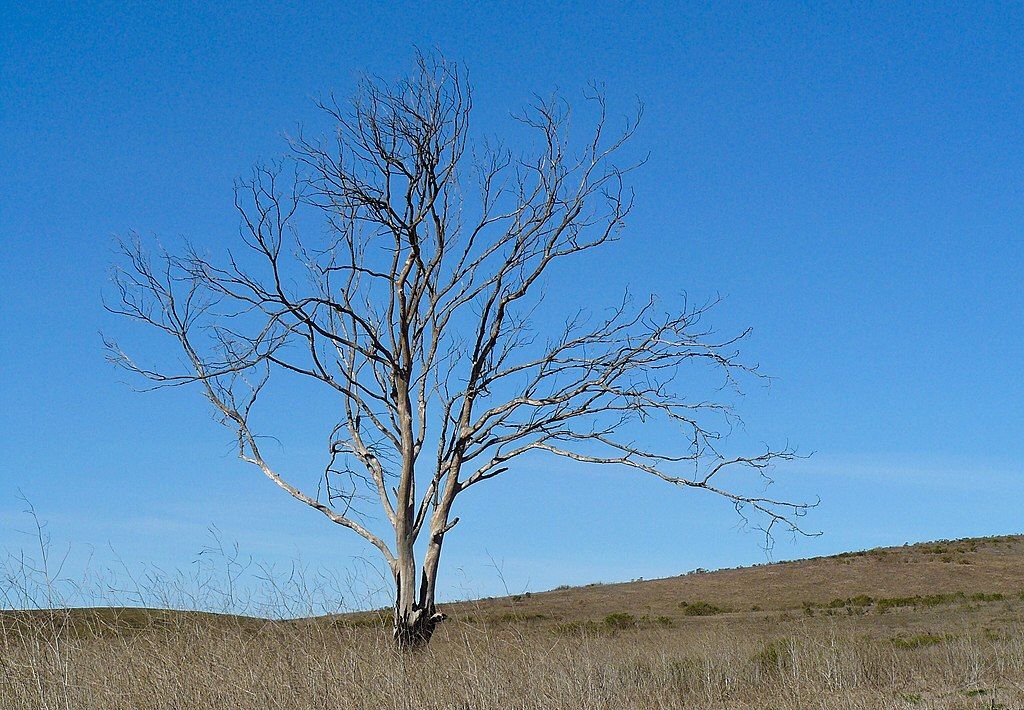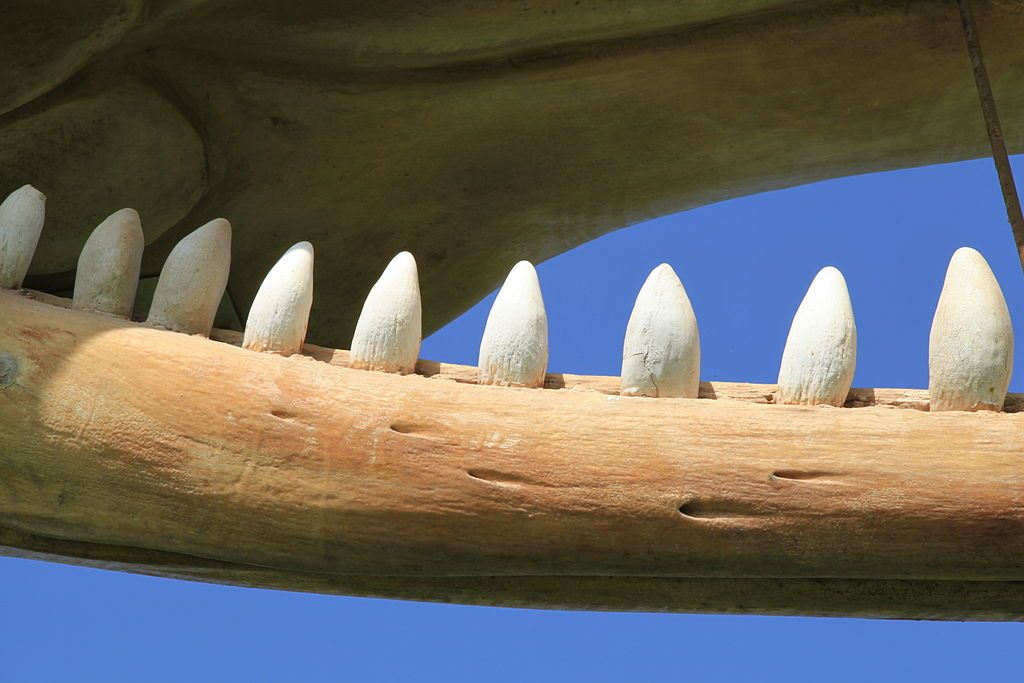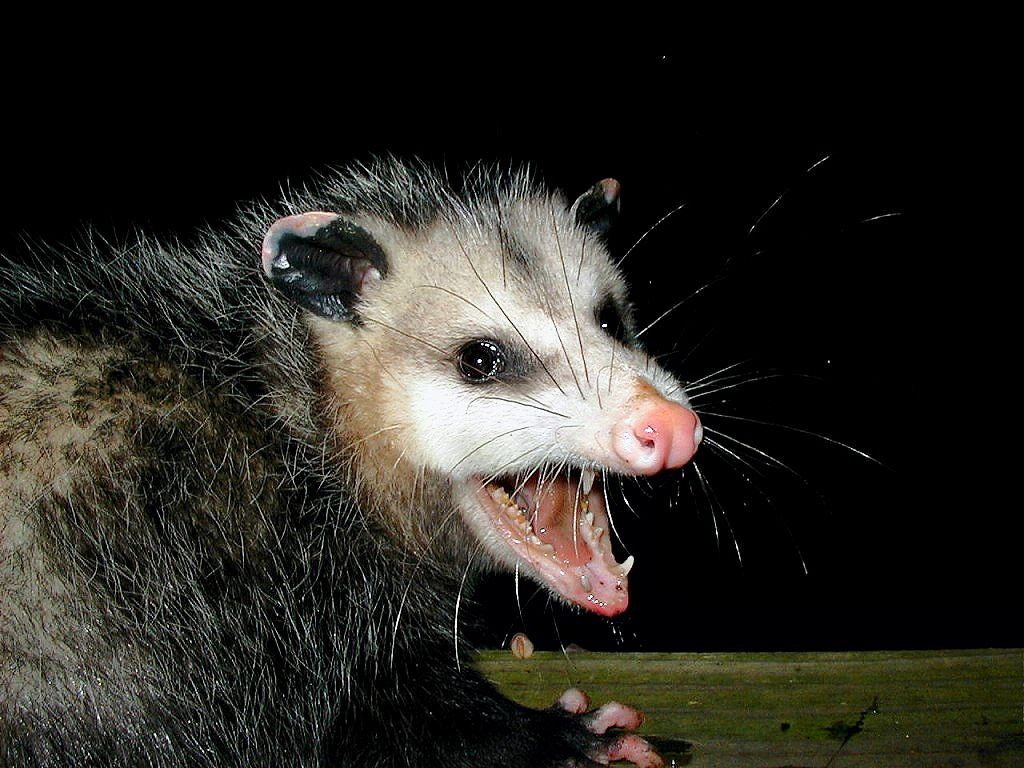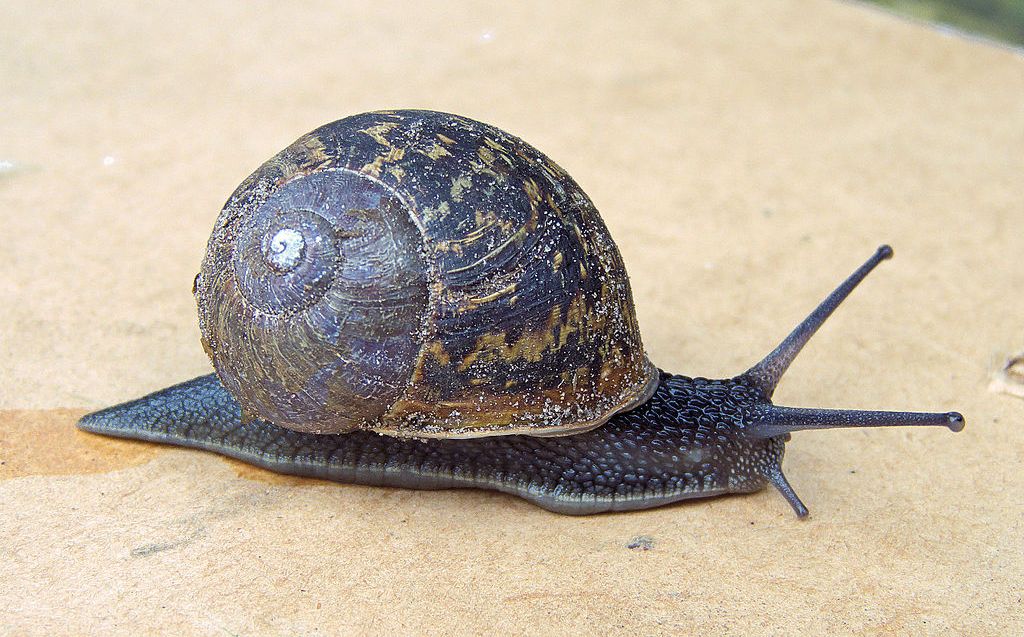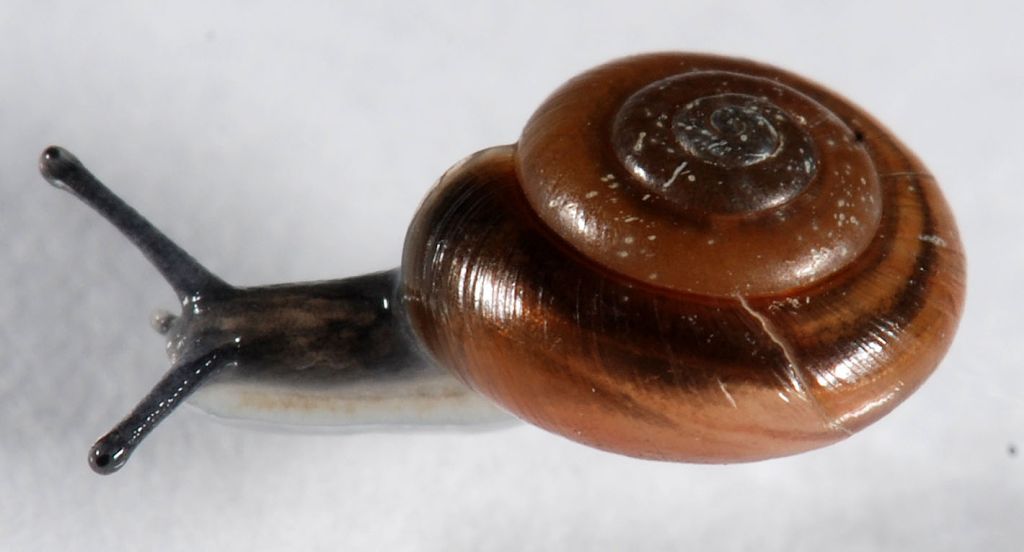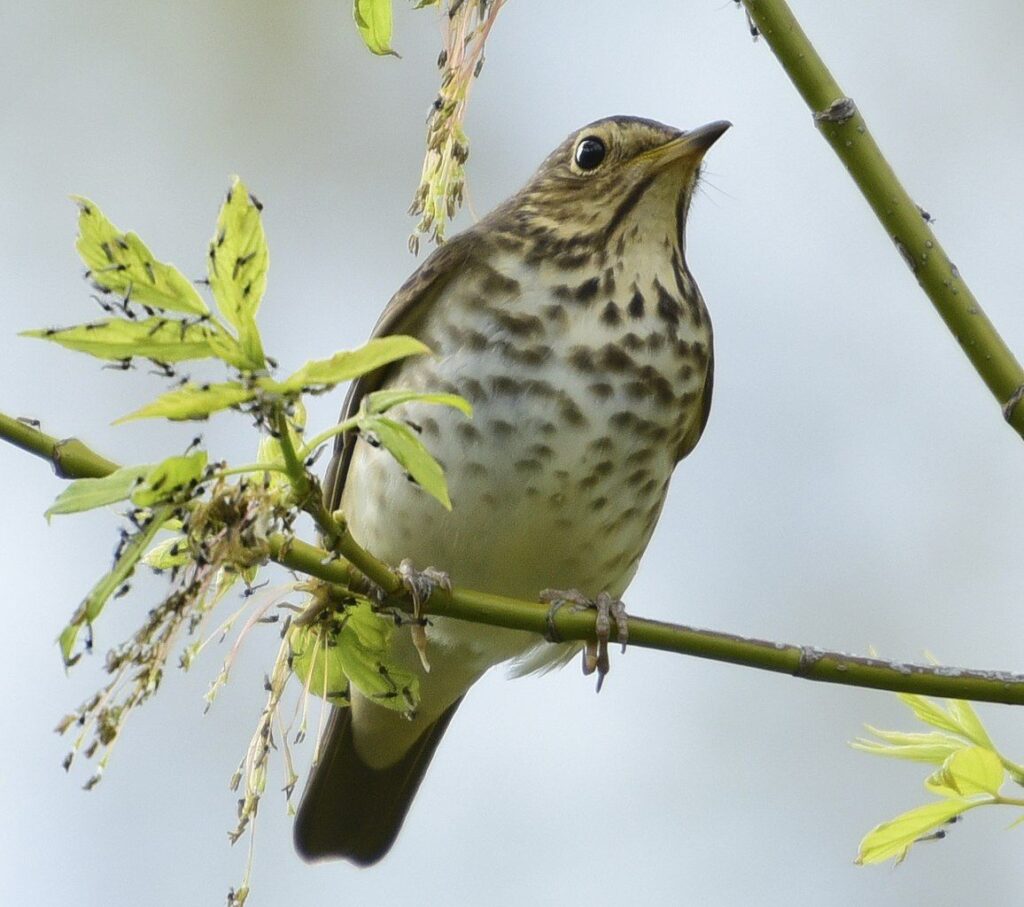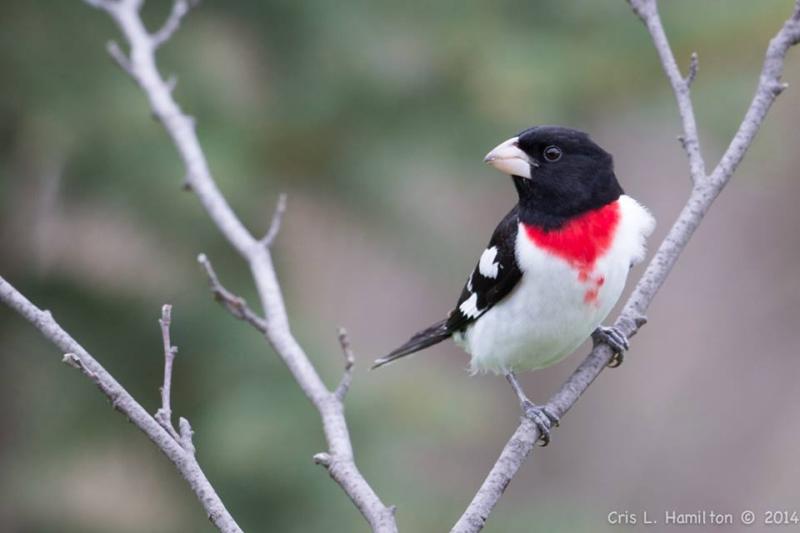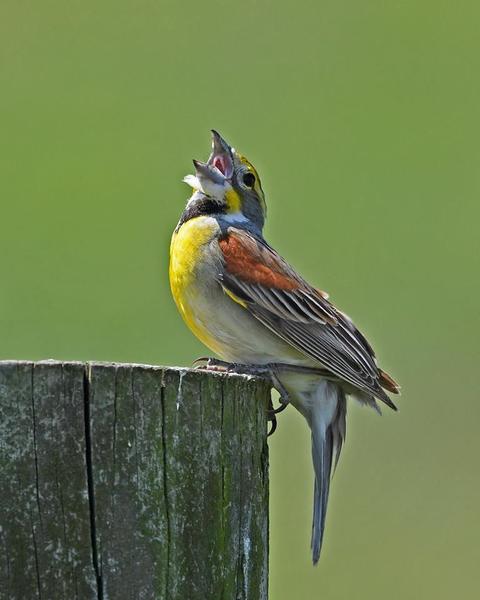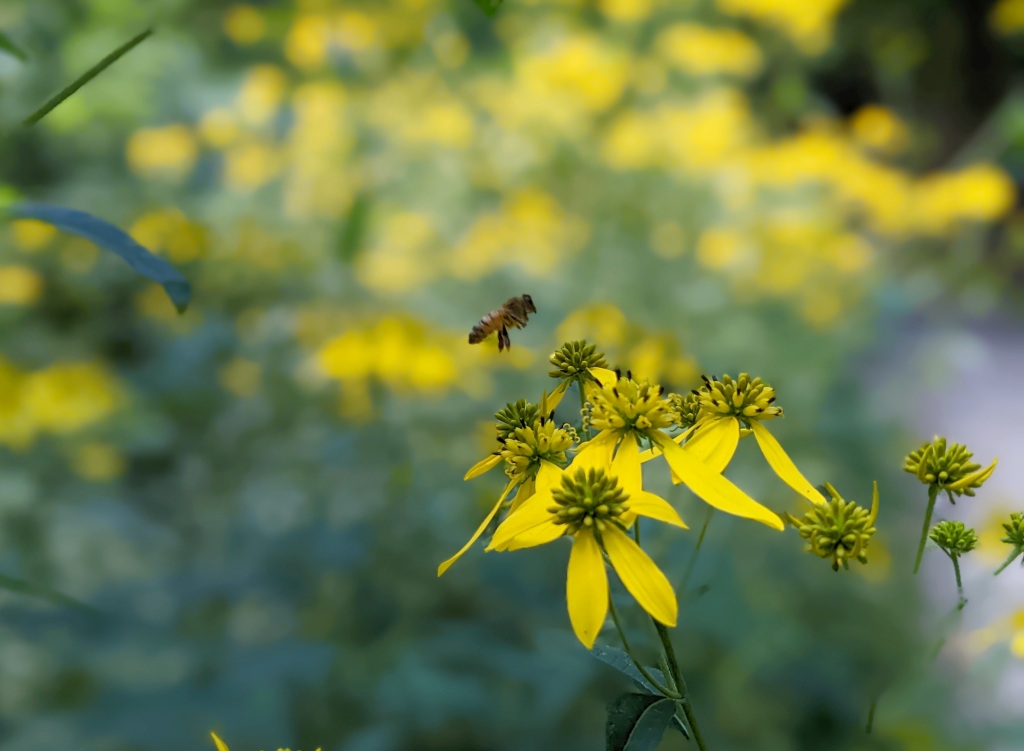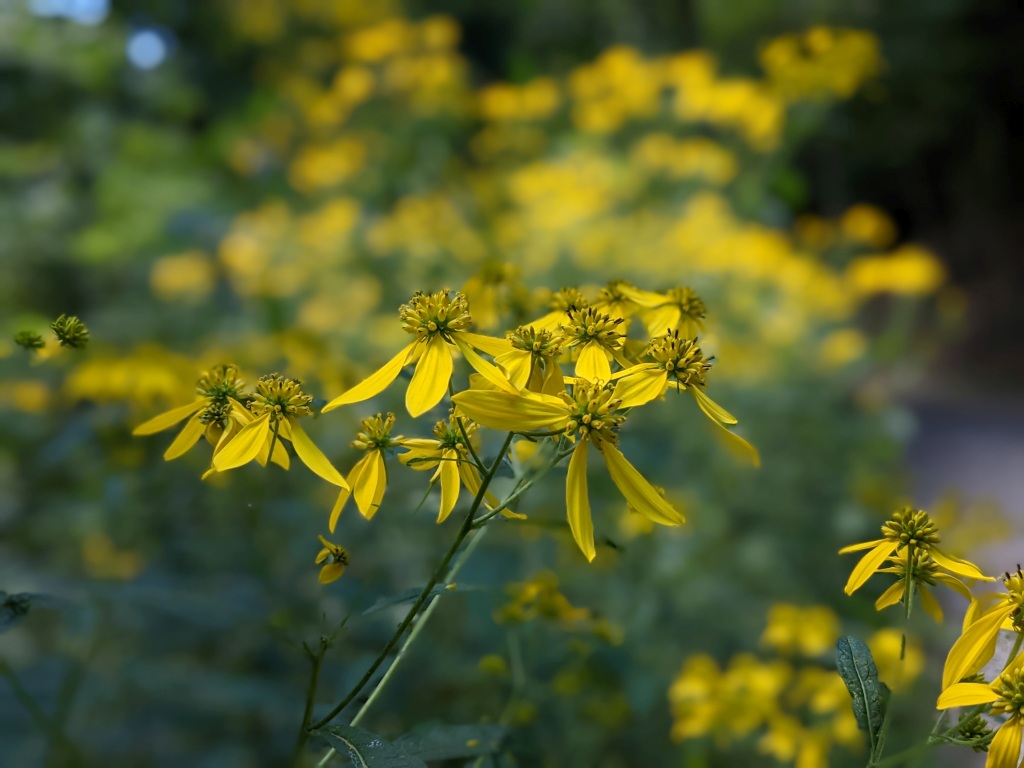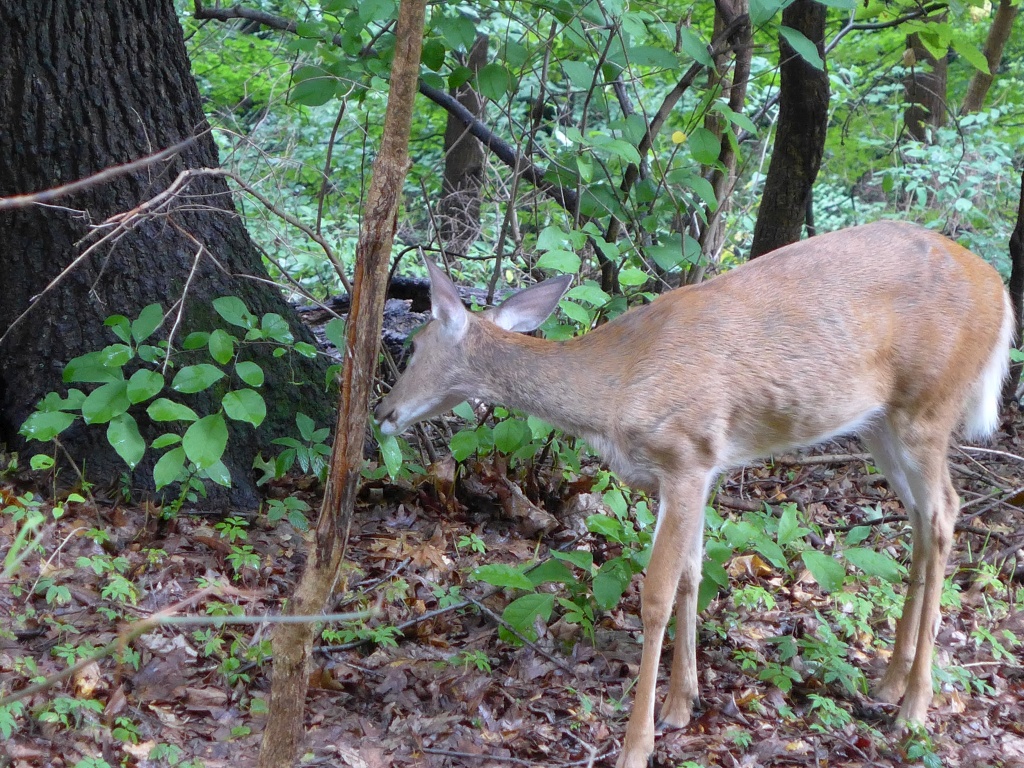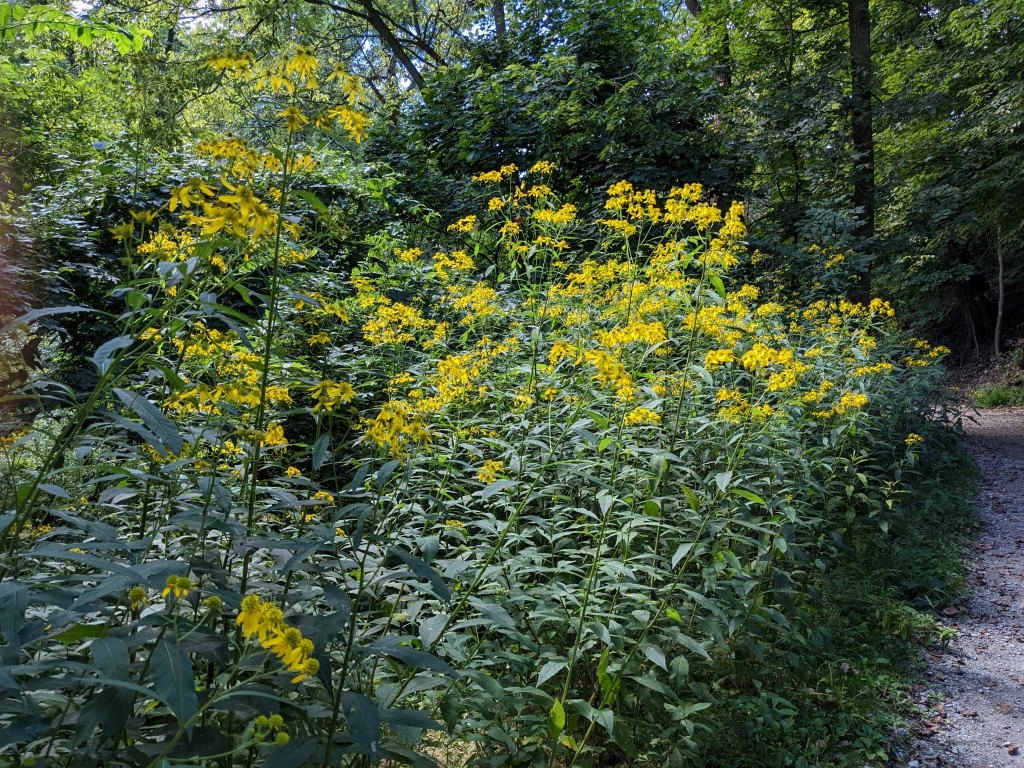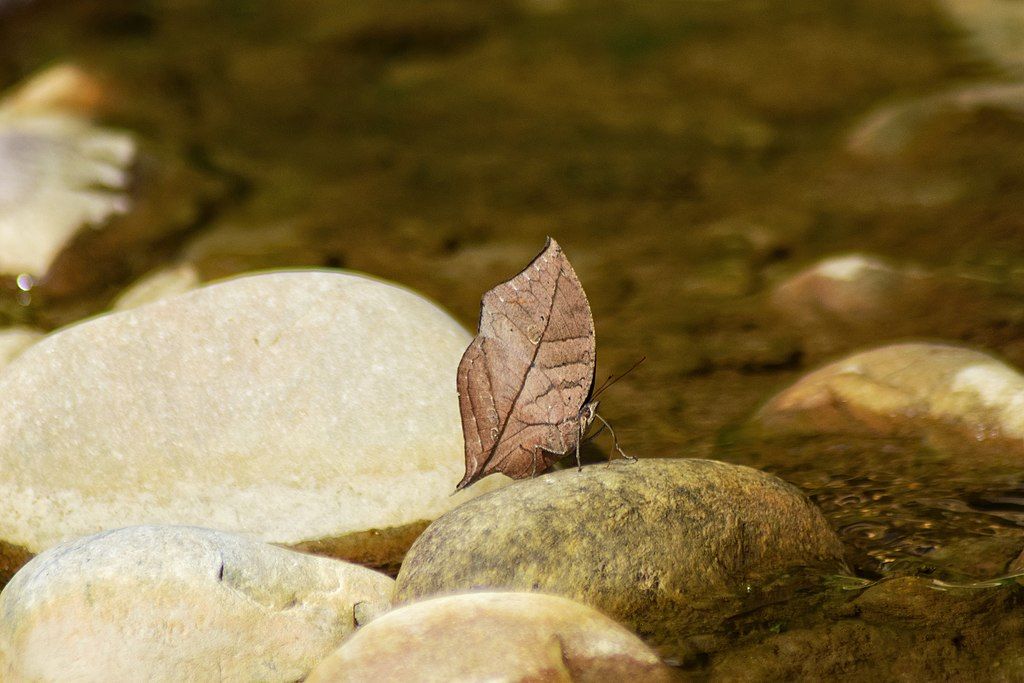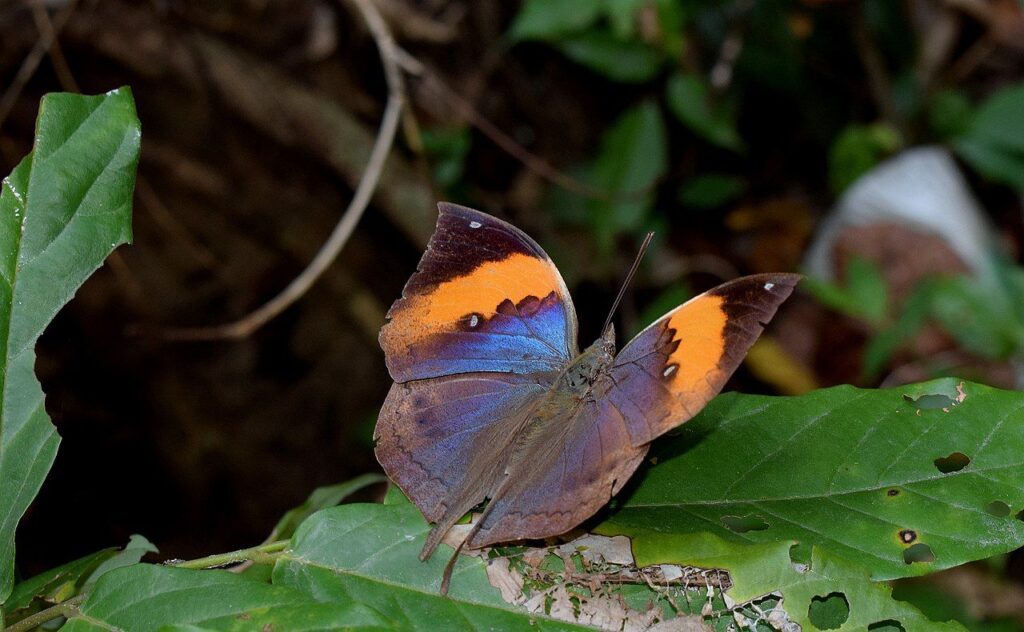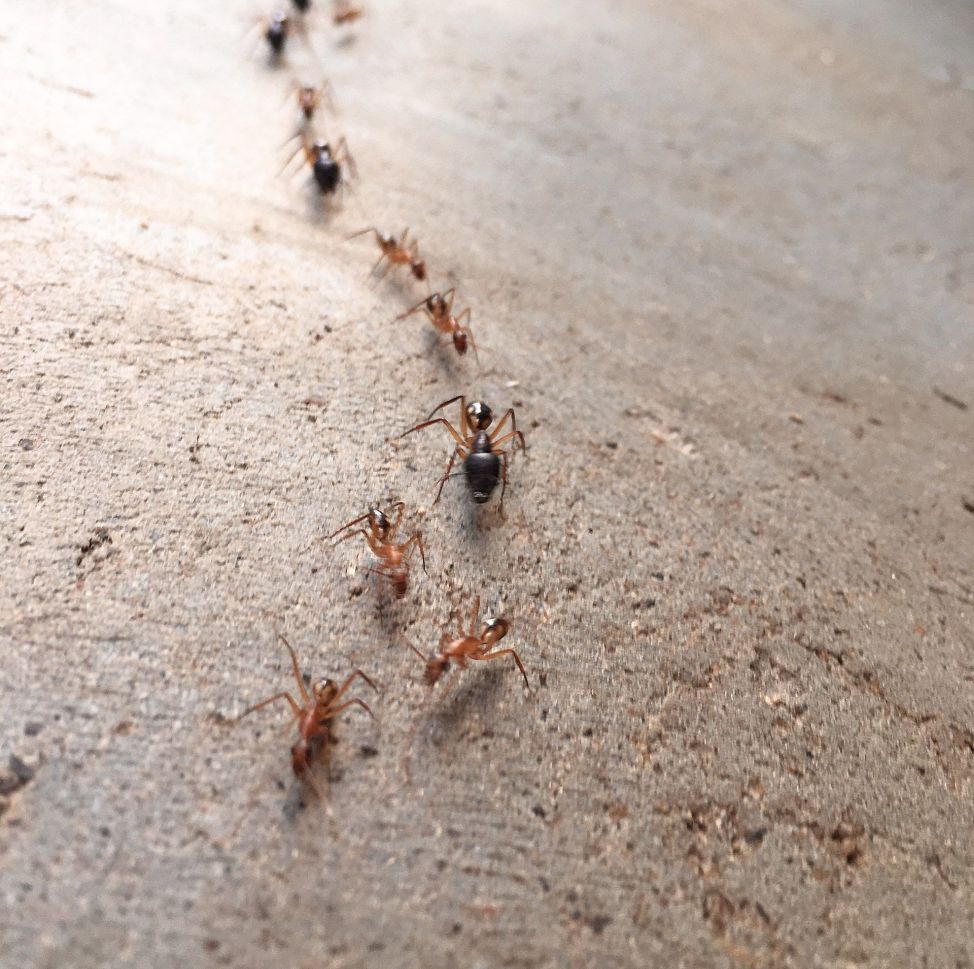
Last week the Washington Post reported that the number of ants on earth is unimaginably large. Scientists from the University of Hong Kong estimated there are 20 quadrillion total or 2.5 million ants for each human being.
They reached this number by combining studies from thousands of researchers around world whose reports span a century. Dedicated ant researchers count ants by literally trapping them or by sweeping them up in leaf litter and counting what they’ve found. Their counts were combined and extrapolated to reach the 20 quadrillion estimate.
Why count ants? To get a benchmark on their population. Our planet is in the midst of an insect apocalypse in which the number of insects has declined 75% over the past 50 years. Butterflies and beetles are the hardest hit. Has the trend affected ants? Soon we’ll know.
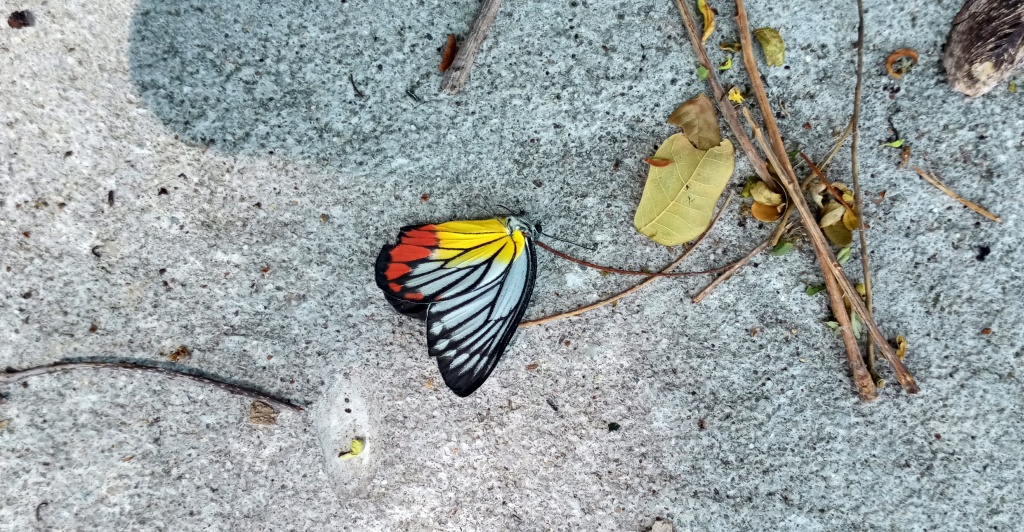
Some of you are probably thinking: Wouldn’t we be better off without bugs? Actually, no. The insect apocalypse matters because bugs provide so many hidden benefits. They consume decayed matter, plant seeds, aerate the soil, pollinate plants and ultimately feed the larger organisms on earth. Their disappearance is especially dire for anything that directly eats insects and anything that eats the insect-eaters. Especially birds.
The decline of insects is one reason why birds have declined 29% in North America in the past 50 years. Hardest hit have been the insect eaters — swallows, swifts and nighthawks. In fact most songbirds feed insects (protein) to their young even if they eat fruits and seeds at other times of year.
Here are just a few of the birds that eat insects at least part of the time. Some of them may surprise you.
Learn more about ants at “The Washington Post: Scientists have calculated how many ants are on Earth. The number is so big it’s ‘unimaginable.’“
Read about the insect apocalypse in The Guardian: The insect apocalypse “Our world will grind to a halt without them”.
p.s. Did you know that northern flickers eat ants?
(photos from Wikimedia Commons including insect-eating American redstart, mountain bluebird, barn swallows, olive-sided flycatcher, American kestrel at these links)

